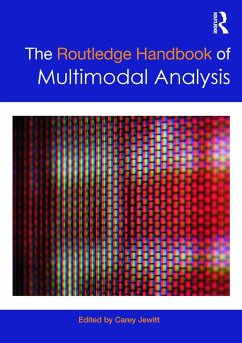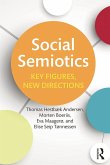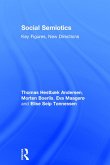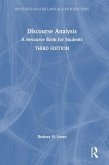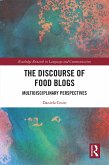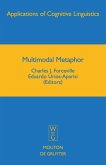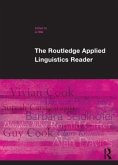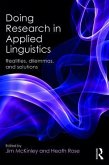Multimodality is an innovative approach to representation, communication and interaction which looks beyond language to investigate the multitude of ways we communicate: through images, sound and music to gestures, body posture and the use of space.
The Routledge Handbook of Multimodal Analysis is the first comprehensive 'research tool kit' for multimodal analysis, with 22 chapters written by leading figures in the field on a wide range of theoretical and methodological issues. It clarifies terms and concepts, synthesizes the key literature with in-depth exploration and illustrative analysis, and tackles challenging methodological issues.
The Handbook includes chapters on key factors for Multimodality such as technology, culture, notions of identity and macro issues such as literacy policy. The handbook takes a broad look at multimodality and engages with how a variety of other theoretical approaches have looked at multimodal communication and representation, including visual studies, anthropology, conversation analysis, socio-cultural theory, socio-linguistics and new literacy studies.
Detailed multimodal analysis case studies are also included, along with an extensive glossary of key terms, to support those new to multimodality and allow those already engaged in multimodal research to explore the fundamentals further.
The Routledge Handbook of Multimodal Analysis is essential reading for undergraduate and postgraduate students as well as researchers involved in the study of multimodal communication.
The Routledge Handbook of Multimodal Analysis is the first comprehensive 'research tool kit' for multimodal analysis, with 22 chapters written by leading figures in the field on a wide range of theoretical and methodological issues. It clarifies terms and concepts, synthesizes the key literature with in-depth exploration and illustrative analysis, and tackles challenging methodological issues.
The Handbook includes chapters on key factors for Multimodality such as technology, culture, notions of identity and macro issues such as literacy policy. The handbook takes a broad look at multimodality and engages with how a variety of other theoretical approaches have looked at multimodal communication and representation, including visual studies, anthropology, conversation analysis, socio-cultural theory, socio-linguistics and new literacy studies.
Detailed multimodal analysis case studies are also included, along with an extensive glossary of key terms, to support those new to multimodality and allow those already engaged in multimodal research to explore the fundamentals further.
The Routledge Handbook of Multimodal Analysis is essential reading for undergraduate and postgraduate students as well as researchers involved in the study of multimodal communication.
'The Handbook of Multimodal Analysis is more than just the definitive source on multimodality - the ways in which communication goes well beyond words. With the right people writing about the right topics, it will be viewed as a seminal event in the formation of this new interdisciplinary field of study.' - James Paul Gee, Mary Lou Fulton Presidential Professor of Literacy Studies
'My concern is that there is a serious chance that this handbook, the first of its kind, will be unproblematically used as . . .well, a handbook, in courses that have ''multimodality'' in their title-and I predict that their number will rapidly grow...The Routledge Handbook of Multimodal Analysis provides much tasty food for thought and shows that useful tools and promising approaches are being developed. But more than anything else it makes clear the need for further subdivision of work, for systematic rigour, and for many, many more corpus-based case studies.'
Charles Forceville, Journal of Pragmatics
'My concern is that there is a serious chance that this handbook, the first of its kind, will be unproblematically used as . . .well, a handbook, in courses that have ''multimodality'' in their title-and I predict that their number will rapidly grow...The Routledge Handbook of Multimodal Analysis provides much tasty food for thought and shows that useful tools and promising approaches are being developed. But more than anything else it makes clear the need for further subdivision of work, for systematic rigour, and for many, many more corpus-based case studies.'
Charles Forceville, Journal of Pragmatics

